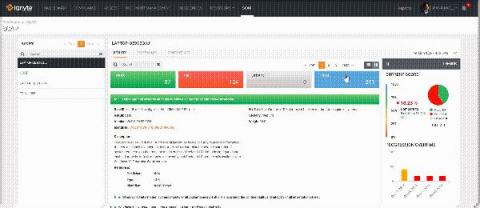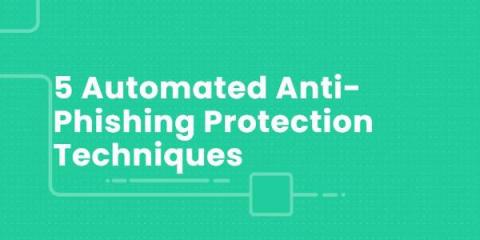How Tripwire State Analyzer Can Help You to Comply with NERC CIP
Are you an organization that operates a Bulk Power System (BPS) in the United States? If so, you understand the need to comply with the Critical Infrastructure Protection (CIP) standards. Developed by the North American Electric Reliability Corporation (NERC), CIP is a set of requirements through which in-scope entities can protect themselves against digital attacks, thereby strengthening the reliability of the U.S. electric grid overall.









